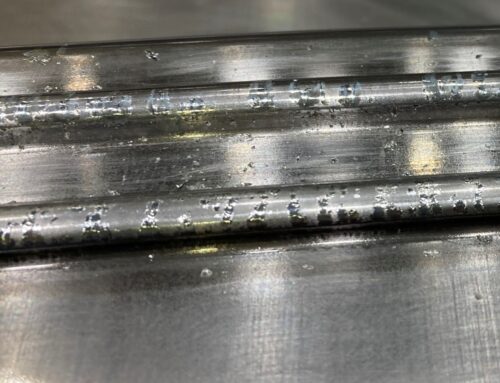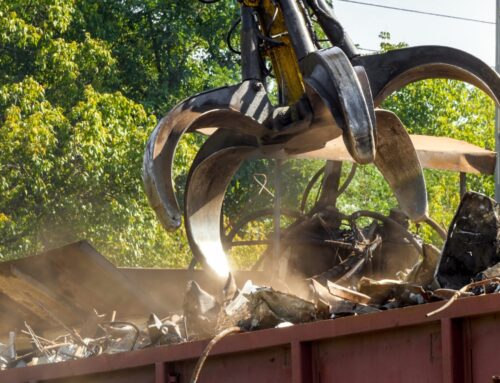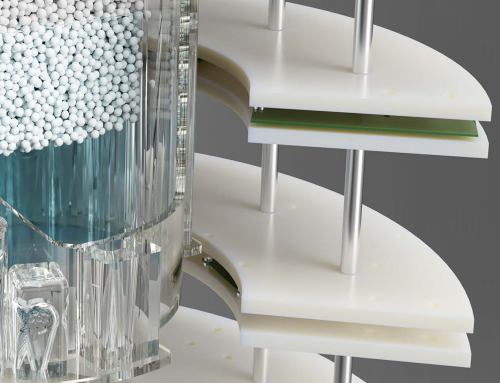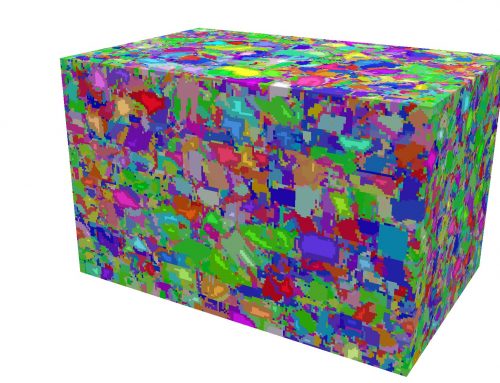Project Description
Key information
Project in the Spotlight: T17019 (DENS)
Market: Materials production
Written by M2i Program Manager: Viktoria Savran and Kees Bos (Tata Steel)
Introduction
The Digitally Enhanced New Steel product development (DENS) programme has aimed to bring through process modelling for steel new product development to a maturity level where it can dramatically shorten the time to market for new steel alloying concepts without compromising on steel production efficiency. In modern strip steel grades, the steel production process has a decisive effect on the final properties. Furthermore, the trend is towards complex, multi-phase microstructures which require very sophisticated models to describe the mechanical properties of these steel grades. Together, it means that a through process model from process to engineering properties must contain many sub models that strongly interact with each other. The main scientific challenge addressed in this programme was to integrate all state-of-the-art sub-models (initially) available in one through-process model framework that can be applied in practice for new steel product development. In building this through-process modelling chain, it was then possible to identify gaps and weakest links that had to be filled or improved.
 Figure 1. Overview of the digitally enhanced new steel product development concept
Figure 1. Overview of the digitally enhanced new steel product development concept
The concept behind DENS is illustrated in Figure 1. Central is the connection of representative volume element (RVE) based full field sub-models for microstructure evolution and for micro mechanics into one Through-Process Model (TPM) that can deliver input for macro engineering property models. Although state-of-the-art physical models are used, these models typically still require (some) calibration on experimental data. Ideally, this calibration data is obtained from well-controlled high-throughput testing experiments. Physical models are used to allow for extrapolation from laboratory testing conditions to actually steel factory process conditions. A digital twin representation of the production process can then be used to optimize the process conditions to arrive at the right production recipe for a new product. The full-field RVE based models are typically computationally expensive, which means they can only be used in an offline environment. Therefore, simplified online metallurgical models need to be re-tuned for a new steel grade, which are used in online control models. However, as the optimum process conditions have already been determined with the offline models, these online models only need to be valid in limited process windows, which makes this tasks much more feasible. Although the majority of projects in this programme focussed on microstructure evolution and the relation between microstructure and mechanical properties, the modelling of oxide evolution during hot rolling and annealing was also an important topic. The strip temperature has a strong influence on the microstructure evolution during steel processes. As surface oxidation has a strong effect on the temperature evolution of the steel strip, it is important to also have a good description of the oxide evolution.
The DENS programme achieved its goals by forming an international consortium with 14 PhDs, 3 Post-Docs and 2 Pd Eng. researchers from Delft University of Technology, Eindhoven University of Technology, University of Twente and the Max Planck Institut für Eisenforschung. From industry the programme was sponsored by Tata Steel with further support from Allseas Engineering, Bouwen met Staal, Bosch Transmission Technology, DAF, Philips and SKF. Good coordination and true collaboration is essential to be successful for such a large programme, where many modelling components from many researchers need to interact. To ensure interoperability, all researchers have committed to developing their models within two modelling platforms that were already in use at the industrial partner and the participating research institutions. Furthermore, the researchers were given the opportunity to spend part of their workweek at the industrial partner to increase interaction with researchers from both the industrial partner and the other partner research institutions. During the covid pandemic this was replaced with regular 2-day online through process modelling workshop sessions. Besides this regular interaction at the researcher level, twice a year a two-day meeting event was organized to discuss the chosen solutions and review overall progress for the involved researchers, their university supervisors and all industrial partners.
It is difficult to summarize the achievements of such a large research programme. Already at an early stage in the project, all essential modelling steps had been connected in the through process model. This allowed early identification of missing links and models that really needed to be improved. Finally, this culminated in a true step change in the capability of the TPM. This was demonstrated by simulating the microstructure and mechanical properties response to annealing line process variations for a DP1000 steel grade. DP1000 is a steel grade with a complex multi-phase microstructure consisting of ferrite, bainite, martensite and retained austenite. The model is able to capture all important trends in phase fraction variations and the resulting impact on the mechanical properties. Here it is noteworthy to mention that not only the trends in tensile properties but also in important engineering properties like edge crack sensitivity are correctly reproduced. An example result is shown in Figure 2.
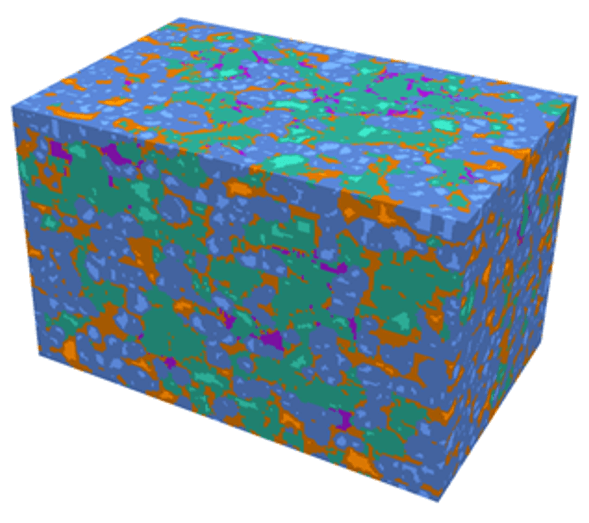 |
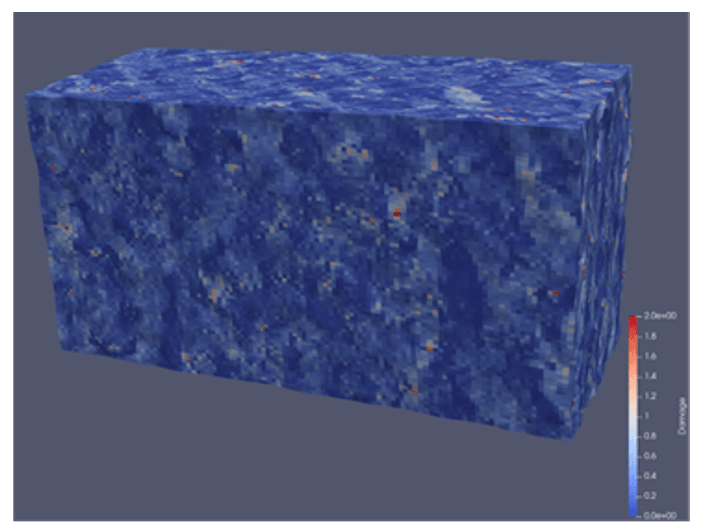 |
|---|
Figure 2, DP1000 microstructure. Left showing the phases (blue ferrite, green bainite, purple martensite and orange retained austenite) and right showing the local ductility (red regions are most likely to initiate damage).
The condition that all model developments had to be done in the two modelling platforms led to an almost automatic transfer from the academic institutions to the industrial partner. Therefore, the TPM is now used in practice at the industrial partner to accelerate the new product development process. Here it is proving to be especially valuable to have the ability to use well-controlled laboratory experiments to generate calibration data for a model that can predict behavior under factory conditions. It must, however, be remarked that calibration relies on quantitatively accurate characterization of the experimental results which can be challenging for these complex microstructures.
DENS was initiated to accelerate the new product development process. Today, the steel industry faces a new additional challenge with demands for more circular steel products. This typically leads to increased use of scrap in steel production which can introduce higher levels of tramp and residuals elements. The DENS model provides a very good starting point to assess the possible impact of higher concentrations of these elements and to evaluate mitigation strategies. New collaboration projects between industry and the academic research institutions have been initiated to further improve the modelling capabilities to address this important societal challenge of sustainable steel production.

